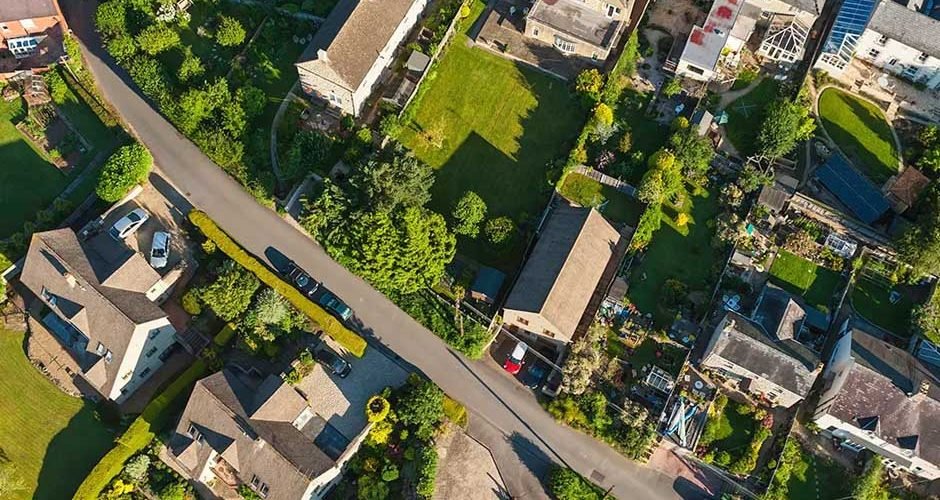Expanding your home can be an exciting venture, offering extra space and adding value to your property. However, the process involves more than just choosing designs and materials. A crucial aspect often overlooked is understanding property boundaries.
Table of Contents
Knowing Your Boundaries
Before any construction begins, identifying the exact limits of your property is essential. This is not always as straightforward as it seems; fences and hedges are not reliable indicators of legal boundaries. Consulting your property’s deed or engaging a professional surveyor can provide clarity. These documents and experts can pinpoint the precise parameters of your land, often revealing discrepancies between assumed and actual boundaries.
Misunderstandings about property lines are common and can lead to disputes. Therefore, investing time and effort in this initial step can save considerable trouble down the line. Not only does this ensure your extension does not encroach on adjacent land, but it also helps maintain good relationships with your neighbours by respecting their space.
Legal Considerations and Permissions
Aside from knowing your boundaries, it’s crucial to understand the legalities involved in building an extension. Planning permissions are often required, depending on the size and scope of your project. Local council regulations can vary, so checking with your local authority is a must to ensure compliance.
These permissions are in place to maintain the character of neighbourhoods and ensure that all constructions are safe and do not negatively impact the community. Ignoring these steps can result in costly legal battles and the potential demolition of non-compliant structures.
Seeking Professional Advice
Sometimes, despite your best efforts, the exact boundaries of a property can be hard to determine, and disagreements arise. In such cases, it’s a good idea to get advice from a legal expert in property boundary disputes. These professionals can offer solutions and mediate between parties to find a resolution without escalating the situation.
In addition, they can assist in navigating the often complex legal landscape surrounding property rights and construction permits. Their expertise ensures that you approach the situation with a clear understanding of your rights and obligations, minimising the risk of legal complications that could delay or halt your project.
Talking to Your Neighbours
Communication with your neighbours should not be underestimated when planning an extension. Early discussions can address any concerns they might have and offer a platform for amicable agreements regarding boundary lines and project details. This step can prevent misunderstandings and disputes, fostering a positive relationship between you and those living nearby. Involving your neighbours in the conversation can sometimes reveal shared interests, such as replacing a mutual fence or hedge, which could benefit all parties involved.
Long-Term Considerations
Thinking ahead is key to a successful home extension project. Understanding and respecting property boundaries from the outset can prevent legal issues that might arise in the future, especially when it comes time to sell your home. Clear boundaries ensure that your property’s legal description matches its physical layout, an important factor in the conveyancing process. A well-planned extension that complies with all regulations and respects boundary lines can significantly enhance your property’s value and appeal.
The Bottom Line
Understanding and respecting property boundaries is fundamental to the success of any home extension project. Taking the time to research, consult professionals, and communicate effectively with your neighbours can prevent legal complications and ensure that your project adds value to your home without infringing on others’ rights.





